I recently completed a group project for my class Human Values and Innovation in Design. The problem statement was to leverage future technology (coming in 5-15 years) to create new ways to encourage face-to-face interactions amongst teenagers. The problem is tricky: how do you have a device that fosters in-person interaction without becoming a distraction? After performing some ethnography work with teenagers from around the country and a middle school teacher, we settled on a "Magic Wand" inspired by how excited we learned middle school students are when they get to use a Smart Board; essentially a white board with a projection system that allows you to input to a computer - press buttons, write on what's being displayed - with pen-shaped pieces of plastic. In this case, adding a layer of technology enhances an in-person experience rather than detracting from it. I worked with teammates Eric and James to imagine a world in which every student had his or her own wand that could be split up into separate projector and stylus components. The wands would have cameras that take in information, then send it to the cloud for processing.
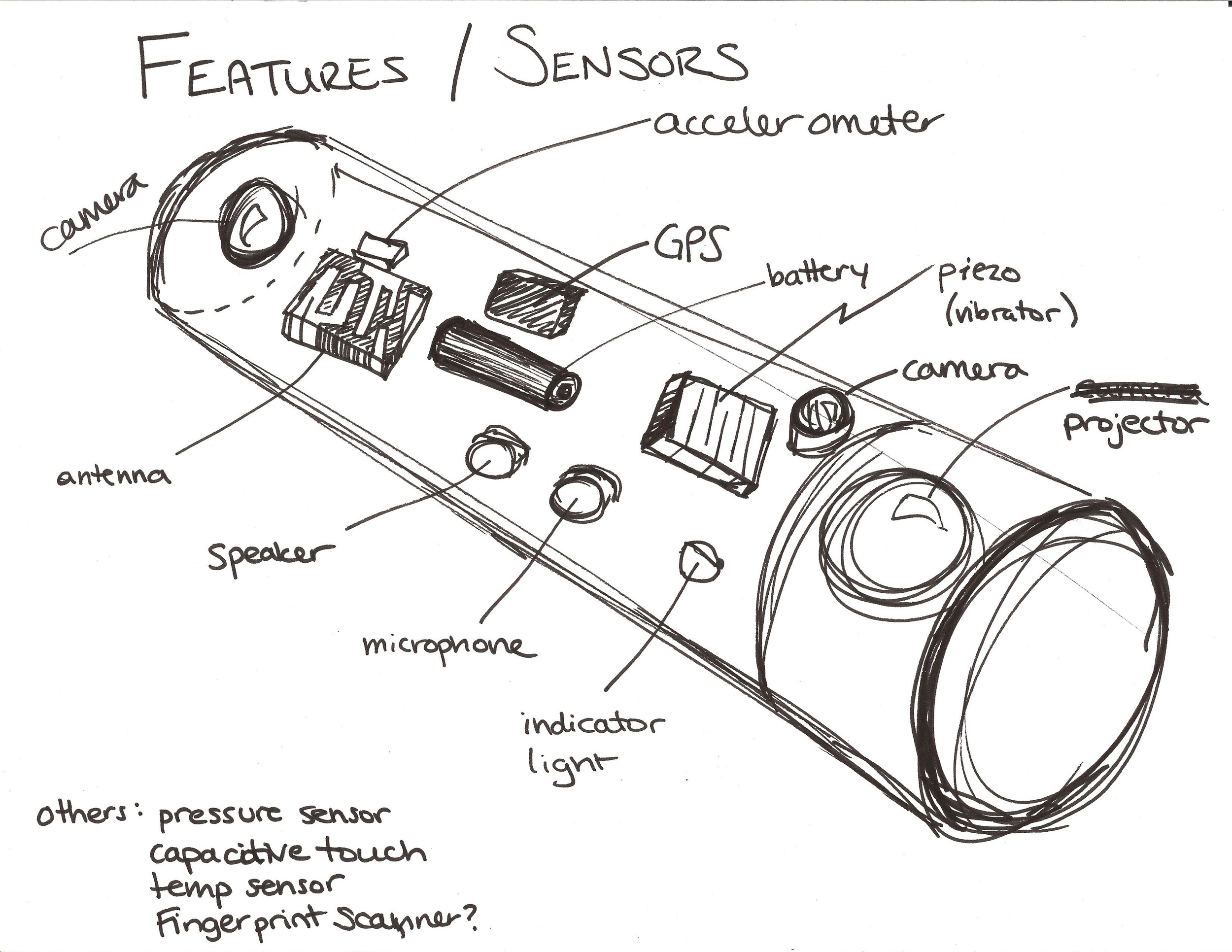
Current projector technology is not yet small or efficient enough to make this device a reality, but the device could be made in the next decade or two.
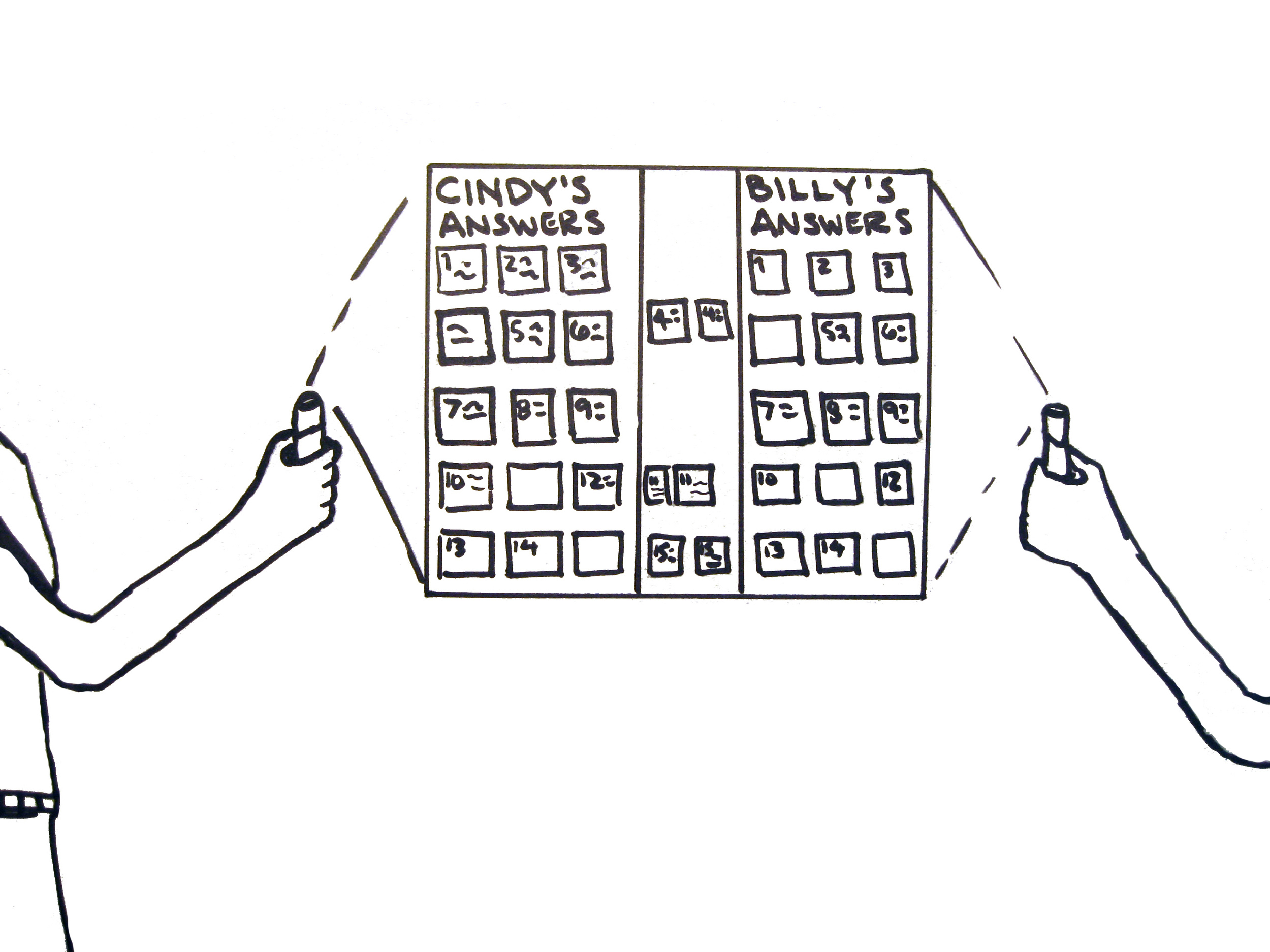
Having to project onto a surface is much less isolating than working on a device with a screen (computer, laptop, phone, etc.). The work surface is larger than a screen, and can also be viewed from any angle. In the sketch above, you can see how two students might compare answers on their math homework: the system detects which questions they have different answers on, and separates them out for closer inspection.
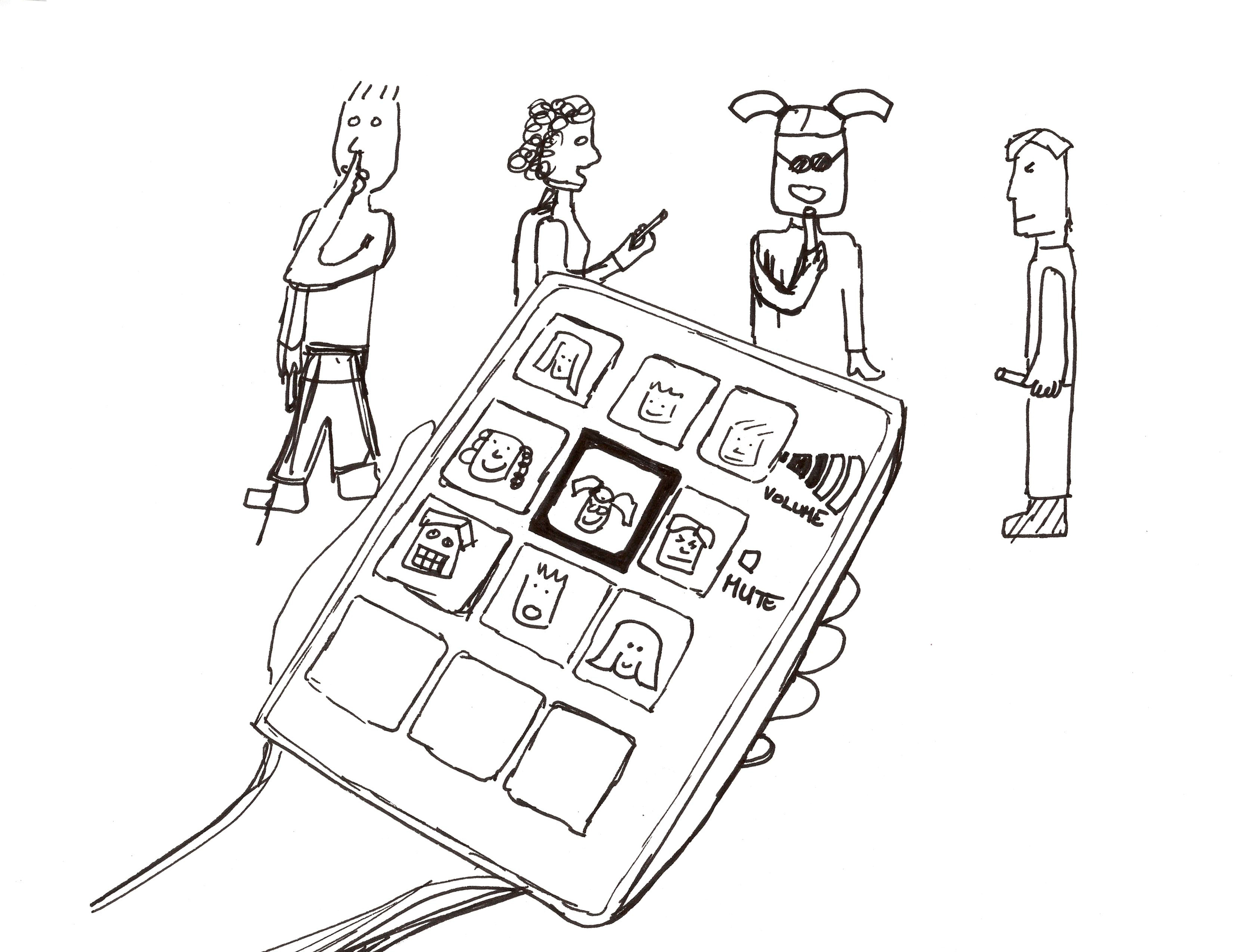
Shown above is the concept of using the wands in the manner of a talking stick, where the students pass around the ability to use their wands as a microphone. The teacher maintains ultimate control over the situation using a screen-based device. The device moves classroom learning from teacher-centric to student-centric, necessitating a whole new model of classroom learning. In order to truly be effective, the entire classroom and homework experience must change.
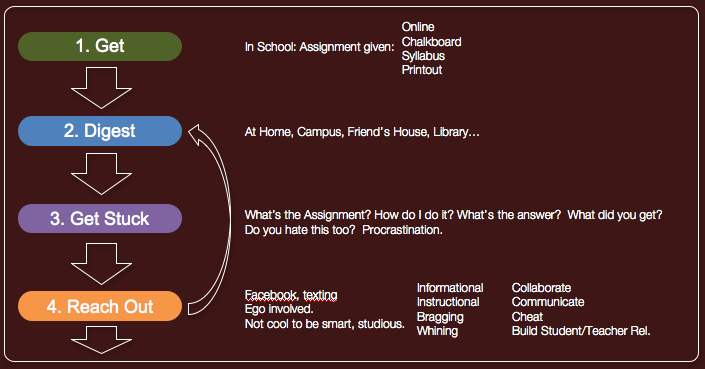
How learning happens in schools today.
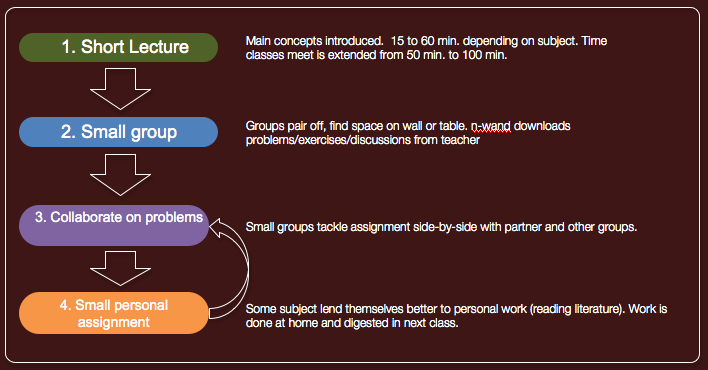
How learning could happen using the N-Lighten Wand.
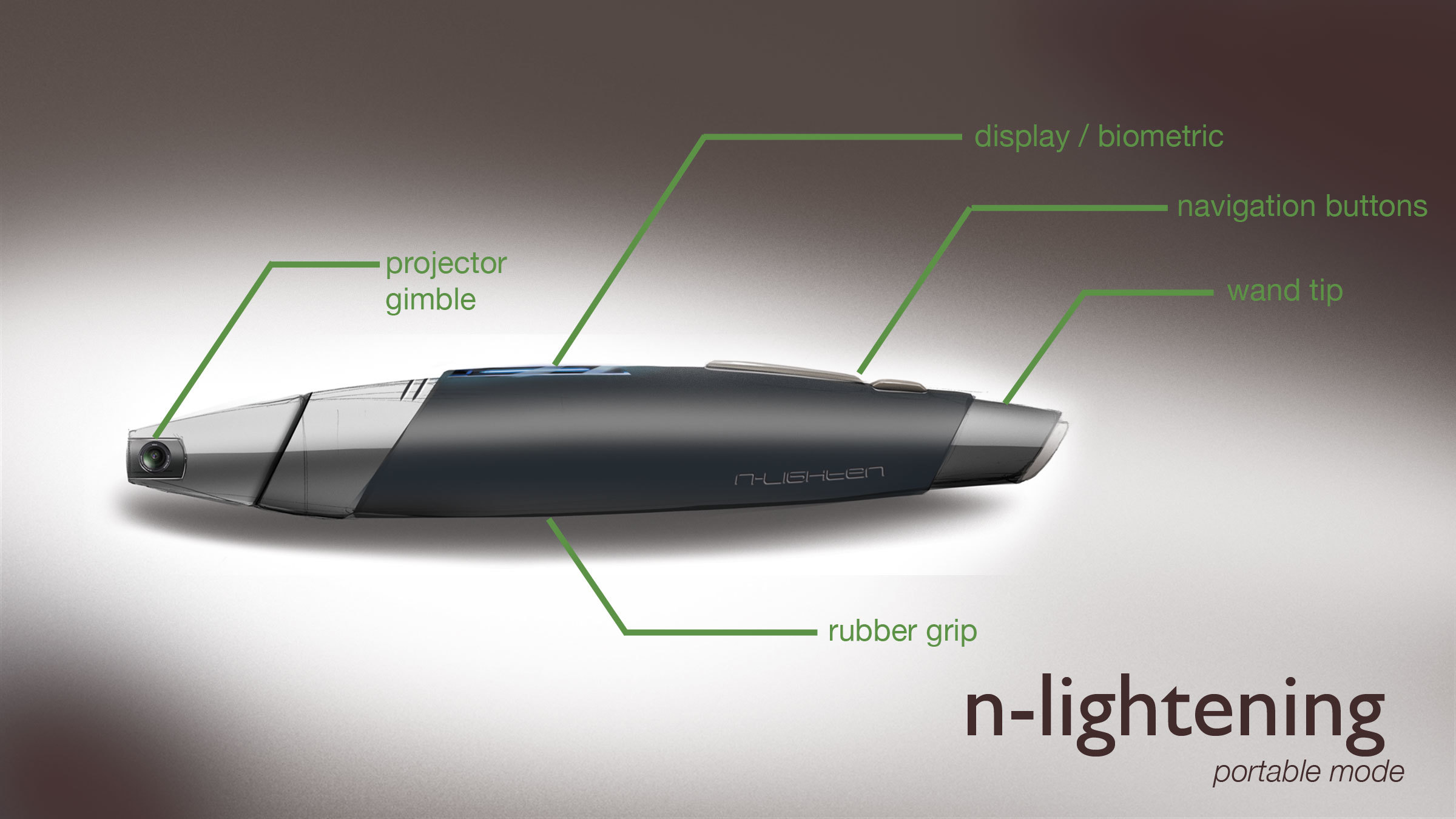
This is how we would envision the wand looking. Students could use the pen in this configuration to do quick projections on a wall or table, but would not be able to input in this configuration.
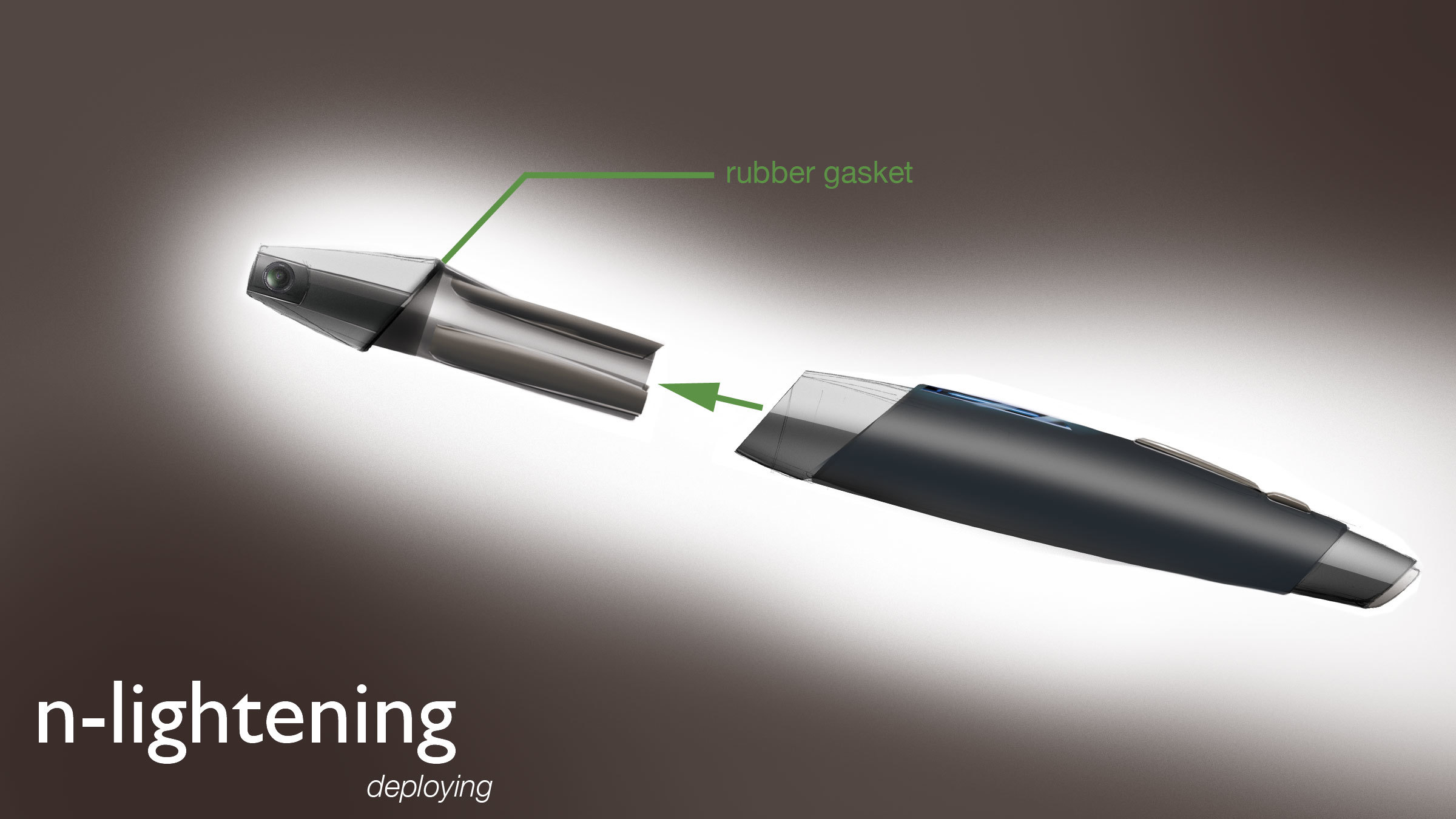
The wand separates into a projector and a stylus. The student can either hold the projector in their hand, or set it down in the tripod configuration shown below.
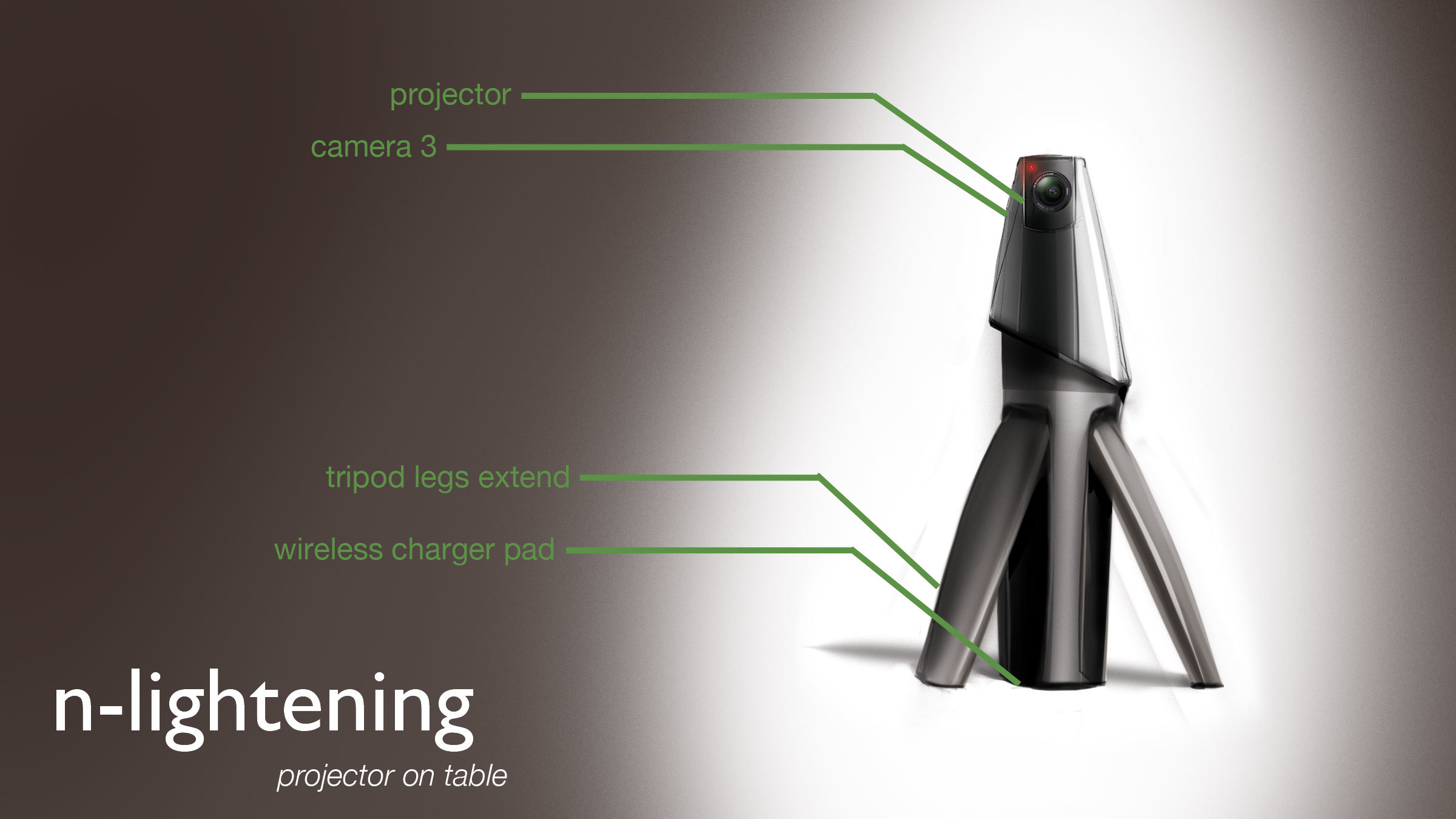
The projector component has a built-in tripod to enable it to rest on a table or other flat surface.
Storyboard sketches drawn by me. All renderings done by my very talented teammate, Eric. Frameworks were a collaborative effort amongst all teammates. Outside consulting with buzamoto.
